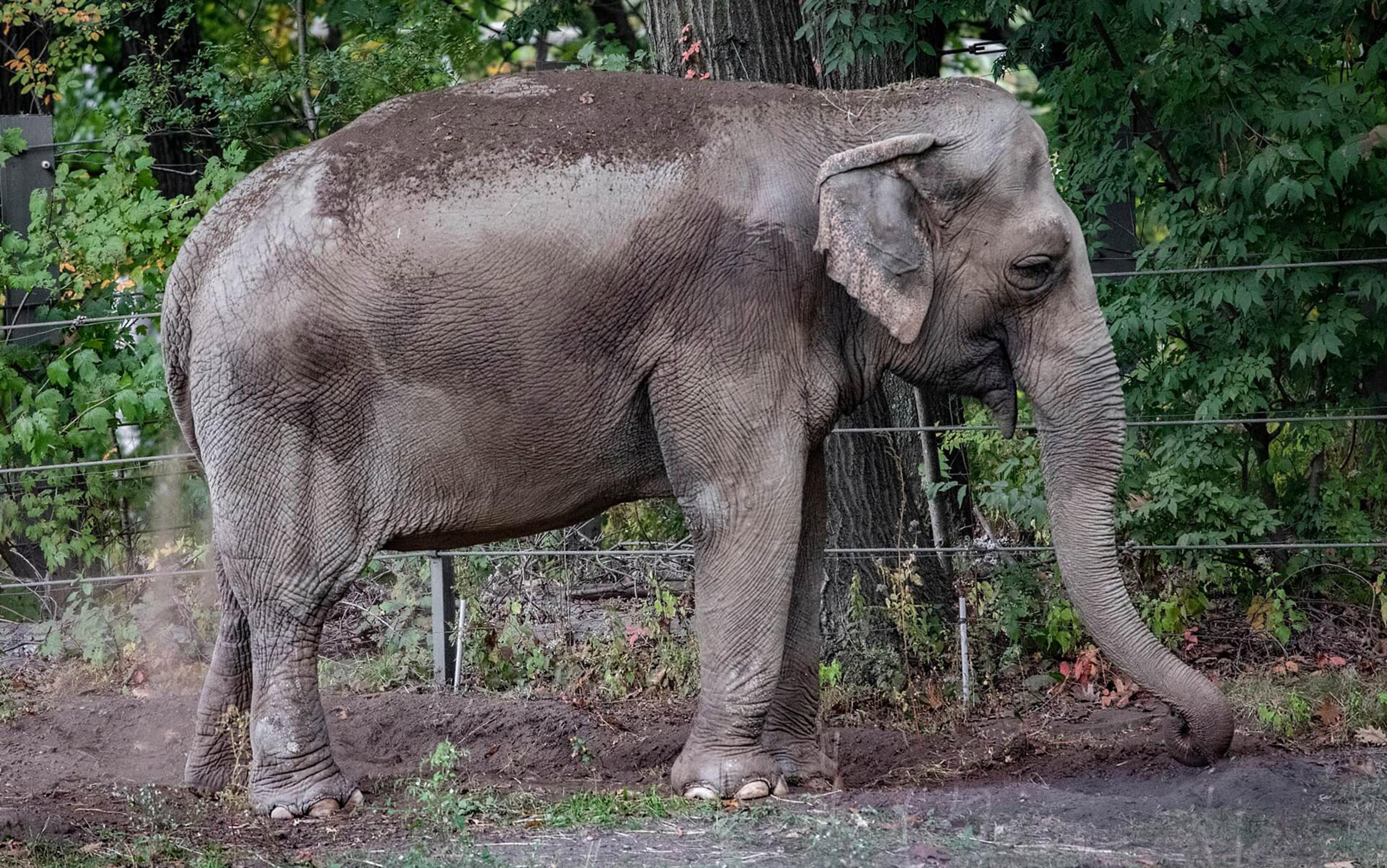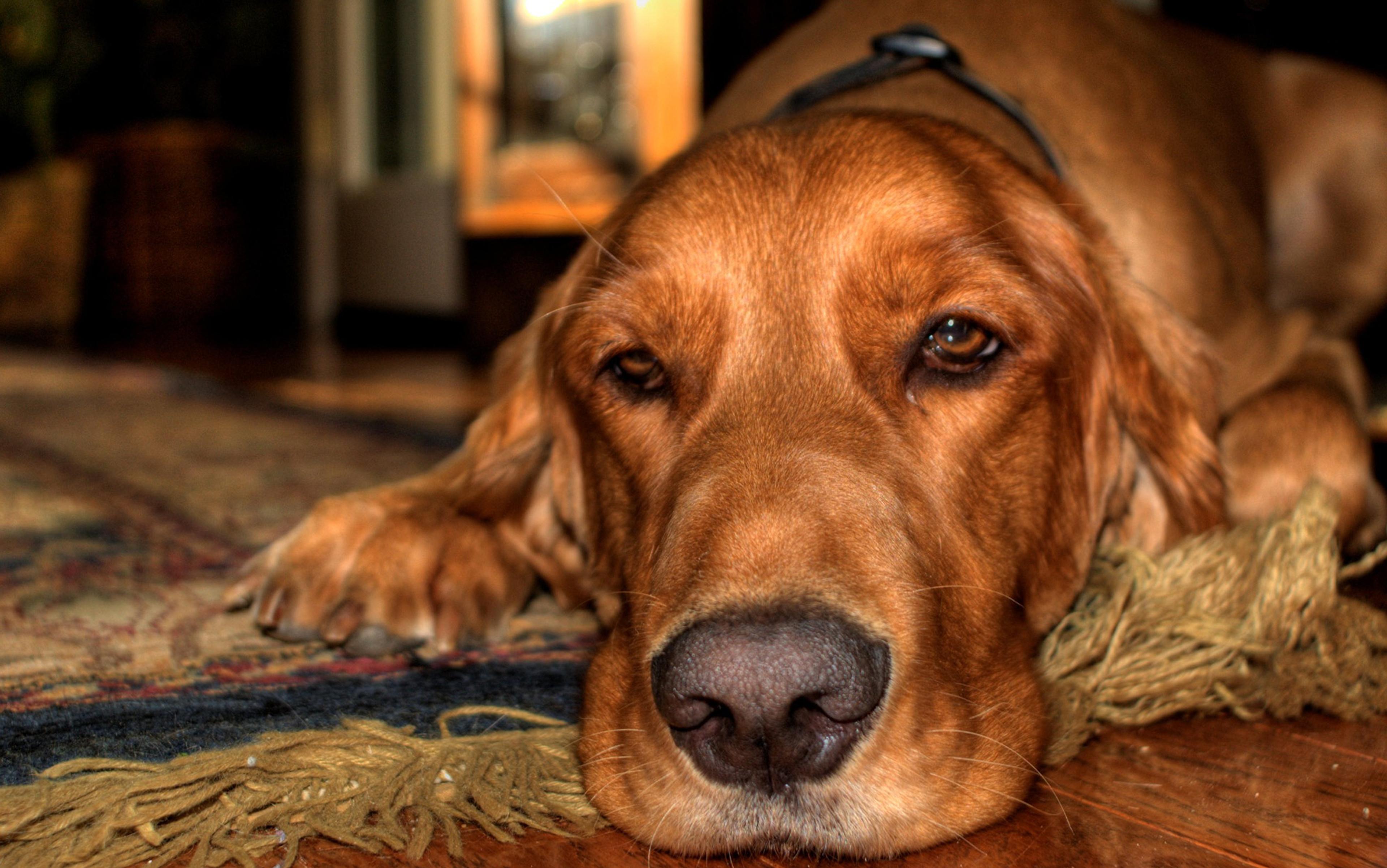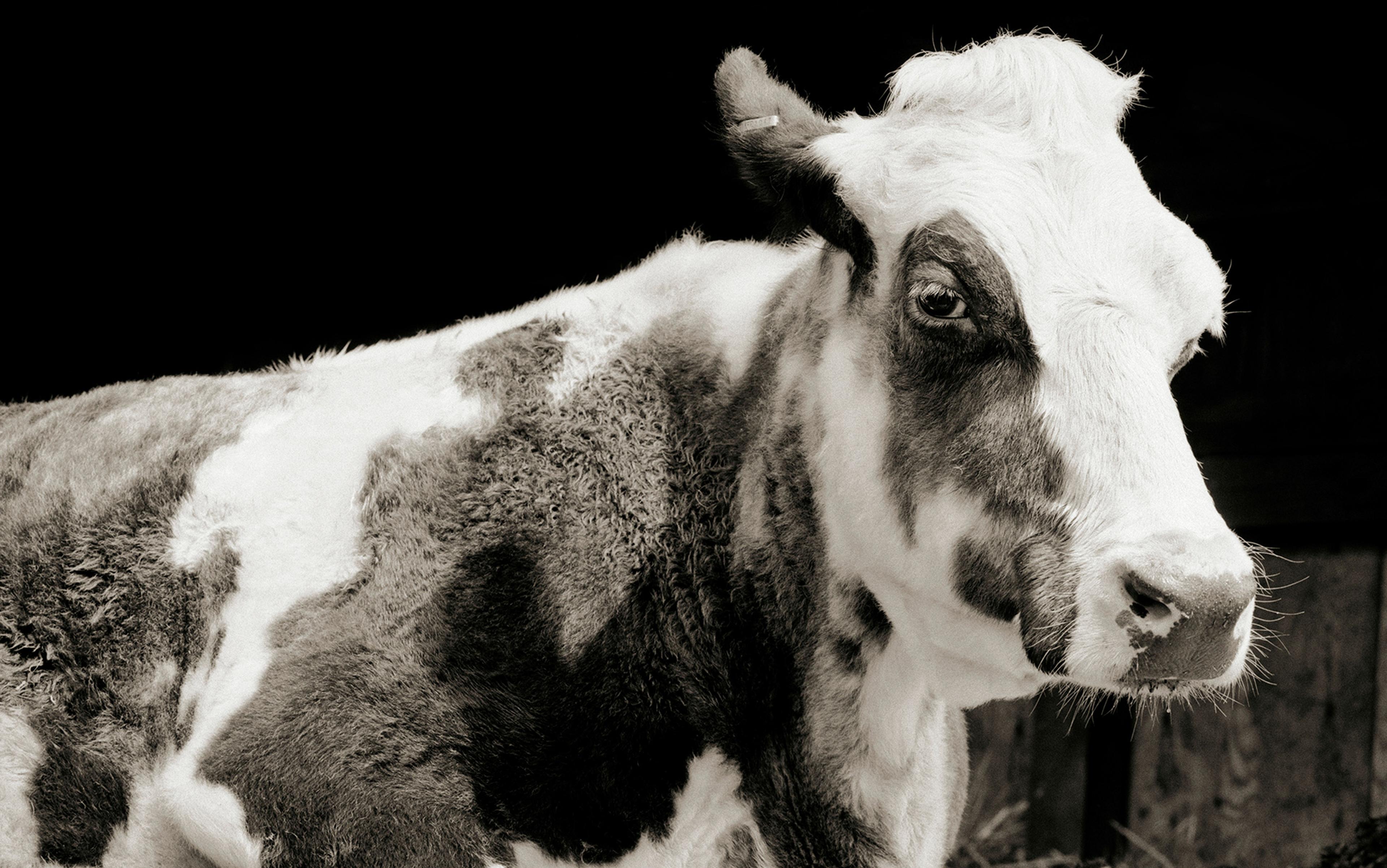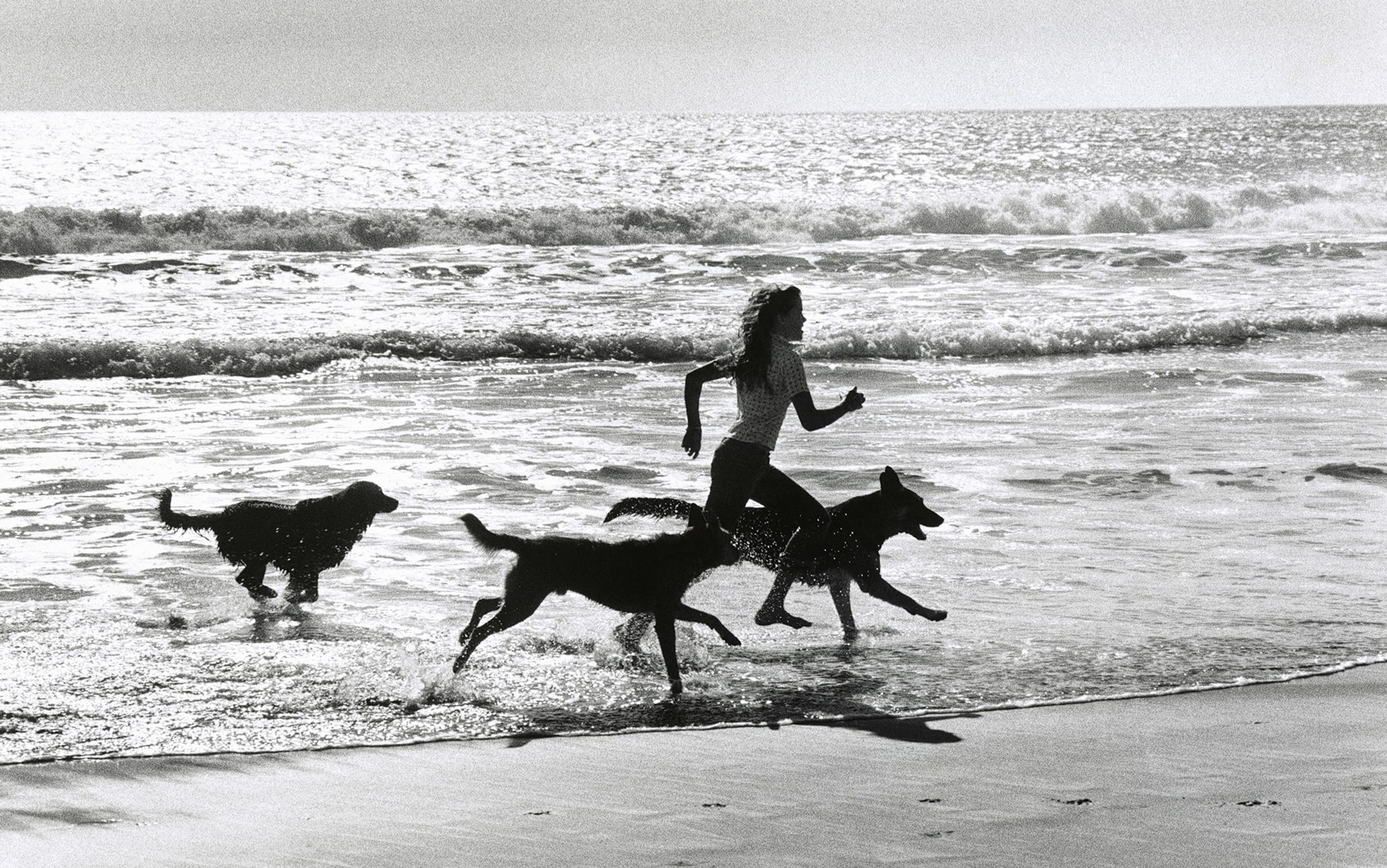Happy is a 51-year-old Asian elephant in the Bronx Zoo in New York City. But she didn’t start out there. She was born in the wild then kidnapped – taken away from her family as a baby in Thailand – and sold, along with six other calves, to Lion Country Safari, Inc in California. In 1977, Happy and another elephant, Grumpy (all were named after the seven dwarfs in Snow White) were relocated to the Bronx Zoo to be part of a new exhibit. There, through a good part of the 1980s, she was forced to give rides to visitors, engage in a staged ‘tug of war’ with Grumpy, and perform unnatural behaviours like hind-leg stands and sit-ups. Then, in 2002, Grumpy was attacked by two other adult female elephants there, Patty and Maxine, and was euthanised. Happy was separated permanently from the two and a young female, Sammie, was brought in to keep her company; but not long after, Sammie was euthanised after suffering kidney failure. And Maxine died in 2018. Now, in order to ‘protect’ her, Happy is kept separately from Patty.
Had she not been abducted, Happy would be living in a complex, strongly bonded social group of other females and their children, enjoying life as a mother, daughter, cousin and friend to others. With her group, she would traverse 8-12 km every day searching for a broad range of different foods to enjoy. And, as a highly intelligent autonomous being, she would have been in charge of her world and made decisions about every aspect of her life – what to do, where to go, whom to mate with, whom to spend time with, what to eat, how to raise her children: all of it. Instead, she lives alone inside a small holding facility lined with cages and is let out into a one-acre yard.
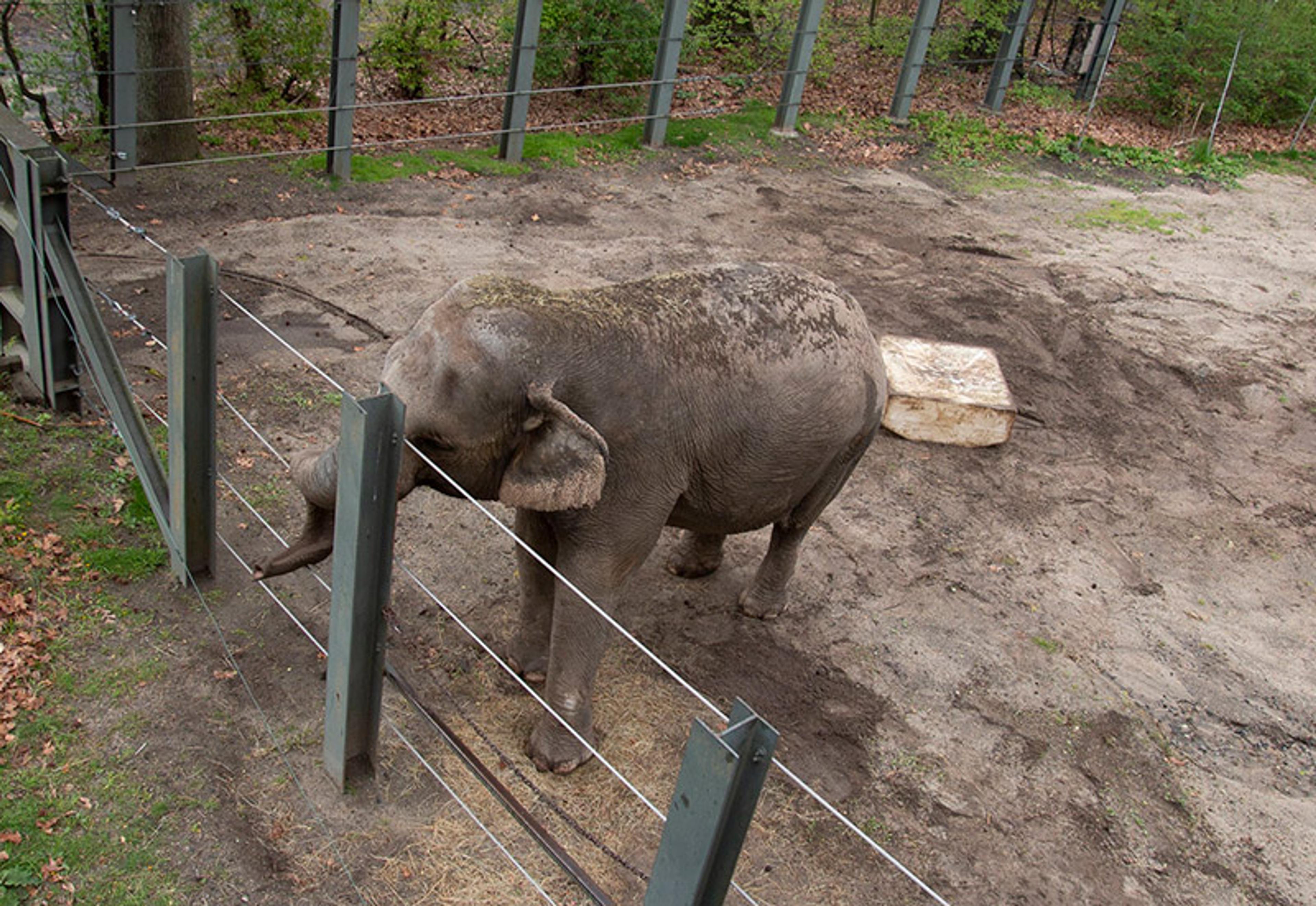
And so it is that, on 18 May 2022, Monica Miller, consulting attorney with the Nonhuman Rights Project (NhRP), walked into the New York Court of Appeals and argued that Happy should be granted legal personhood by acknowledging her fundamental right to bodily liberty (freedom from arbitrary and unreasonable restraint upon an individual). And while Happy lost her bid to be recognised as someone with rights, two judges dissented with impassioned opinions decrying Happy’s lack of freedom and our ongoing violation of her dignity, making it clear that our society is fast approaching a time when it will be impossible to ignore the autonomy and personhood of other animals. The Nonhuman Rights Project continues its battles.
The NhRP’s legal argument for Happy was based on the writ of habeas corpus (from the Latin for ‘you have the body’), which protects against unlawful imprisonment. The writ has been used successfully to argue for the personhood of enslaved humans, from the case of Somerset v Stewart (1772). The NhRP contends that, at the Bronx Zoo, Happy is kept in the equivalent of solitary confinement, which is particularly cruel given that elephants are highly social creatures who like to roam across a wide territory within a group of family and friends. ‘It’s the nature of the detention and the nature of the species’ that make Happy’s conditions a violation of habeas corpus, Miller told CNN. Had the NhRP prevailed, Happy would have been transferred to a sanctuary in the United States where she would have enjoyed substantially more space and an opportunity to live with other Asian elephants. If she had prevailed, she would have been the first nonhuman being on the planet to unquestionably be deemed a legal person.
Happy’s plight is tragically familiar. Wild animals are shuffled around from one display facility to the next, and social groups are dismantled and reassembled with no resemblance to what any animal would experience in the wild. Admittedly, the notion of personhood for other animals is a strange one for most people, who equate being a person with being a human. But there is nothing in the law that says a person has to be a human. Corporations, ships and some rivers have been deemed persons. For example, in 2017, rivers in New Zealand, India and Colombia were recognised as being the subject of legal rights and given the status of legal persons. As persons, these entities enjoy protections denied Happy, despite her clear intelligence, emotional awareness and sizeable, complex brain. Whether your lens is neurobiological, legal or philosophical, the fundamental question remains: who is a person? And why are we humans so resistant to recognising personhood in other animals?
Happy is held in confinement because it is considered necessary for the zoo’s core enterprise
Some may ask why it is necessary for other animals to have legal rights or be considered a legal person. After all, most warm-blooded species in the US are protected by regulations under the federal Animal Welfare Act. And there are also additional regulations for specific circumstances, such as the various accrediting organisations for zoos and aquariums or the Institutional Animal Care and Use Committees for academic research with animals in the US. Like many other animals in zoos, Happy is held under conditions approved by the Animal Welfare Act in a facility accredited by the US Association for Zoos and Aquariums (AZA). Most people are under the impression that these safeguards are sufficient for ensuring that animals are not treated cruelly.
But all these kinds of welfare-based protections prioritise human interests over the needs of animals, who can still be exploited and used as a means to an end in zoos and aquariums, research laboratories and other situations, as long as they don’t suffer ‘unnecessary’ cruelty while being confined to cages, forced to perform, and vivisected. Unfortunately, what is considered unnecessary is defined entirely by how humans use the other animals. A monkey in a laboratory, under welfare regulations, is allowed to be subjected to invasive, painful and terminal procedures if they are deemed necessary for the research. Happy is held in confinement because it is considered necessary for the zoo’s core enterprise.
These two examples alone demonstrate why welfare regulations are insufficient to respond to what we know about other animals, their lived experience, and their capacity to suffer. Only a rights-based approach questions the foundational morality and legality of using animals in the first place. And only a rights-based approach considers the fact that other animals may have some capacities and characteristics shared with another legally protected species – the human person. And that is why personhood and rights are critical to the interests of other animals.
What is a legal person, and why does legal personhood matter to the fight for nonhuman rights? The term ‘person’ has a very particular meaning in the law. Simply put, a legal person is an entity that possesses one or more legal rights. And strictly speaking, there is no language in the law that restricts legal personhood to human beings.
The reason legal personhood is so important is that one cannot possess a single right without it. Happy, for instance, is viewed as a legal thing with no more rights than a car. Therefore, harm to other animals is primarily addressable only through their relationship with owners as property.
Legal personhood is something we all take for granted but, throughout history, other humans – from women and infants to Native Americans and African enslaved people – were considered legal things with rights recognised only after decades of struggle. All human beings are now legal persons. And, even though problems remain, there are recognised rights and enforceable protections for all members of our species. Legal personhood is a big deal.
Happy was the first elephant to demonstrate a form of self-awareness: to recognise herself in a mirror
In addition to Happy, the NhRP has litigated on behalf of several other elephants and chimpanzees – all of whom have been confined in zoos, laboratories or their owner’s homes. While none of these cases were successful in granting rights for these nonhuman clients, several historic legal rulings have emerged. The NhRP’s first client was Tommy, a chimpanzee who was living entirely alone in a cage in a shed on a trailer park with nothing but a TV set for stimulation. As a chimpanzee, Tommy is the closest living relative to our own species, sharing close to 99 per cent of DNA with us and a mere 5 million years of divergent evolution with our own ancestors. And although he too ultimately lost his case in 2018, the New York Court of Appeals Judge Eugene Fahey made an unprecedented statement: ‘While it may be arguable that a chimpanzee is not a “person”, there is no doubt that it is not merely a thing.’
The NhRP chooses to fight for personhood for elephants, all great apes (chimpanzees, gorillas, bonobos and orangutans) and, soon, cetaceans (dolphins and whales) because of their capacity for autonomy, the ability to act voluntarily and control one’s behaviours according to one’s preferences and goals. According to a rich body of scientific evidence, these species share with humans fundamental characteristics of personhood, including self-awareness, emotion and strong social bonds. (Happy was the first elephant to demonstrate a form of self-awareness, ie, the ability to recognise herself in a mirror – a capacity closely linked to autonomy.)
The reasoning is straightforward. If autonomy is sufficient for legal personhood for humans, and if a member of another species is autonomous, then that individual should be a legal person, too. None of these efforts mean that animals who are not elephants, great apes and cetaceans should, by default, be excluded from being eligible for legal rights. But because of the abundant evidence for autonomy in elephants, great apes and cetaceans, these groups are a lower hanging fruit than any other.
Moral philosophers have weighed in, too. Martha Nussbaum looks at animal capacities, which translate to rights she views as natural and inalienable; to be enacted, these rights must be voluntarily accepted by humans or codified into law. This approach holds that wellbeing be understood in terms of the individual’s capabilities and functioning. It sees the freedom to achieve wellbeing (as a human or nonhuman being) as a moral priority. Thus, for Happy, it is immoral to prevent her from achieving wellbeing by keeping her captive in an artificial environment. Needless to say, Happy need not have some of the rights all of us enjoy as human beings, for instance, the right to vote. But, as a person, Happy has the innate right to make species-appropriate choices about her own life to maximise her wellbeing. In Happy’s current conditions of captivity, her interests in acting autonomously are violated.
The philosopher Peter Singer contends that any beings with a certain level of consciousness and reasoning are persons with rights. He further argues that some nonhuman beings may be persons while some human beings, for instance, newborn infants or severely cognitively challenged adults, may not be. Needless to say, his views have drawn criticism for holding humans to the same criteria for personhood that we use for nonhumans. Whatever the validity of Singer’s stance (and I do not endorse its apparent consequences), it challenges the claim that there are objective notions of personhood that can include all humans while also excluding all nonhumans.
The elephant brain has three times the number of neurons as humans
Singer’s stance challenges human exceptionalism, the view that humans are greater in moral value than nonhuman beings simply by virtue of being human. Our species imagines itself occupying the top rung of a mythical scala naturae (‘great chain of being’) that places all other species on lower levels according to how similar they are to us. This view, which goes back to Aristotle (and likely further), has no resemblance to the natural world but is a mightily convenient framework for justifying human exploitation of nonhumans. The idea of human exceptionalism makes it especially difficult to view animals on the ‘lower rungs of the scale’, for instance invertebrates like the highly intelligent octopus and squid, as persons despite the fact that many share cognitive capacities with vertebrates, including mammals.
Between those who believe that nonhuman animals should remain nonpersons or things, and those who view some (if not all) nonhuman animals as persons, is a vast middle ground of legal and moral viewpoints that acknowledge animals are not simply objects but stop short of viewing them as persons. For holders of this intermediate view, the boundary between person and thing is not clear-cut. Instead, the question of nonhuman personhood is a fuzzy concept lacking in sharply defined criteria for membership. A consensus about who is and who is not a person is difficult – if not impossible – to reach because there is no bright line in nature to guide our thinking about these matters. Based on capacities, there is scientific evidence that an increasing number of nonhuman species qualify as persons. But, here too, social views and anthropocentric biases come into play to promote thinking that avoids the ‘inconvenience’ of having a moral and legal duty to other animals.
The legal scholar Angela Fernandez has tried to address the fact that there are currently only two available legal categories for nonhuman animals. They are either persons or they are property. She argues that this either-or situation is problematic for protecting animals because most judges, legislators and members of the public default to the property category rather than take the leap to personhood for animals. Furthermore, she maintains that the space between these two perceived extremes can be filled with concepts of ‘quasi-hood status’ or rather, more specifically, ‘quasi-property/quasi-personhood’. This kind of imaginative formulation may be more palatable than personhood, and removes other animals from the clearly artificial designation as property or things. It will be interesting to see whether these new classifications can be formalised as a new legal category in courtrooms and, if so, what kind of enforceable protections may result.
What about neurobiological personhood? Are there any aspects of brains that inform our understanding of who is a person? As a neuroscientist, I am well-acquainted with the longstanding ‘search for the holy grail’ in our brain that ostensibly separates us from the other animals. Surely, that thinking goes, a hard-science approach will reveal why humans are persons and other animals are not. The ongoing search for neurobiological personhood seeks to find the threshold for some neurobiological characteristic or some qualitatively novel neuroanatomical feature that clearly differentiates humans from nonhumans.
Neuroscientists continue to search for brain functions associated with traits like self-awareness and consciousness, associated with ‘personhood’. The neuroscientist Antonio Damasio has put forth a hierarchical brain model correlating level of consciousness with different brain systems that progress from ‘proto-self’ to ‘core self’ to ‘extended consciousness’. Others have promoted the idea that certain brain structures, like the prefrontal cortex, are the neurobiological basis of self-awareness; the theory is based on the finding that lesions in specific areas of the prefrontal cortex eradicate the ability to recognise oneself in a mirror. Still others, like Christof Koch and Giulio Tononi, have put forth neurocomputational models of consciousness based on how neurons work together to create mental representations ranging from primitive all the way through to full-blown self-consciousness.
Those supporting the idea of human exceptionalism often argue that humans have the largest and most complex brain on the planet. And while it is true that modern humans are the most encephalised species – that is, have the largest brain when body size is taken into account – a number of other species possess neurobiological and neuroanatomical characteristics that surpass humans. For instance, the orca (killer whale) has the most ‘gyrified’ neocortex with the most folds, increasing the surface area of the neocortex overall. The elephant brain has three times the number of neurons as humans. And there are other examples. So, the assumption that the human brain is the most highly developed depends upon which metrics you use. If you play the numbers game, then humans don’t always come out on top!
Instead, all these neuro-models remain hypotheses. The human brain seems to be nothing more and nothing less than a well-endowed primate brain with qualities shared with other mammals and vertebrates and, at some levels, even invertebrates. Neurobiology, with all of its tangibility, still cannot provide an unequivocal answer to who is a person.
Rights for other animals takes nothing away from fundamental human rights
Why then are humans so resistant to nonhuman personhood? Given that many other animals clearly exhibit defining characteristics of personhood, why are so many judges, scientists, philosophers and members of the general public resistant to the concept of nonhuman rights? And although there are differences across cultures regarding how certain animals are treated, and various belief systems that incorporate elements of personhood towards specific animals, no culture recognises the inherent or legal rights of all nonhuman beings independent of human needs. One reason is the fact that it is inconvenient for us to recognise the rights of other animals because then we would be forced to limit how we use them. We are loathe to give up our privileges as owners of things that we enjoy using for food, entertainment, work, research and more.
Some people question whether recognising the personhood and rights of other animals undermines the validity or seriousness of rights for humans. But this is not a zero-sum game. Rights for other animals takes nothing away from fundamental human rights. Arguably, rights for other animals strengthens the very concept of rights and personhood for all – including humans. When rights are withheld from others who are eligible, the foundation of society weakens, as it has in the past when certain humans were denied personhood.
There is also the ‘slippery slope’ argument often voiced by judges in cases brought by the NhRP. This argument claims that if certain nonhuman animals, like great apes, elephants and dolphins, are recognised as persons, then there is little to stop the trend from moving down the scala naturae to farmed animals and others, whose use we take for granted.
A related misconception is that rights given to nonhuman animals would be equivalent to human rights. But the rights sought by the NhRP on behalf of their nonhuman clients are species-appropriate – the right not to be confined, and (where relevant) the right to bodily integrity: for instance, not to be experimented on. They do not seek the right to an education or the right to vote that only humans should possess.
But resistance could be due to something even more intractable: our need to place ourselves apart from the other animals. A theory advanced by the anthropologist Ernest Becker may provide insights into this deeper resistance. In The Denial of Death (1973), he suggested that human awareness of personal mortality creates a deep subconscious anxiety that is mitigated by defences against the knowledge that we are biological entities who share the same fate with the other animals at the end of life. These defences are expressed culturally, religiously and even in our legal system where our animality is denied and our need to be qualitatively different from and above the rest of the animal kingdom is challenged by nonhuman personhood and rights. Our species attempts to deny our own mortality by promoting the false narrative ‘I am not an animal!’ In fact, numerous studies have shown that people are more sensitive to being compared with other animals when they are subconsciously reminded of mortality. Thus, efforts to promote the rights of other animals are pushing against a deep human need to cope with the fear of death.
It’s an uphill battle to recognise personhood in other animals, even when they are clearly persons by any current legal definition or criteria. The fact that judges have come close to but have not granted a single right to another animal tells us more about human psychology than about the psychology of elephants, great apes and cetaceans, or any other nonhuman beings. Organisations like the NhRP should continue to hold the US common law legal system accountable for being inconsistent – and, frankly, speciesist – in applying the law to cetaceans, elephants and apes. Even as they do, scientific evidence for autonomy in still other groups of animals, from monkeys to birds and dogs, only mounts. Today, there is little doubt that these animals, too, should be accommodated with basic species-specific rights. The real question may be: ‘Who deserves our respect?’ In an ideal world, all sentient beings (whether deemed persons or not) would have rights that protect them from human abuse – a necessity that is an unflattering indictment of our human nature.
Meanwhile, Happy remains in the Bronx Zoo isolated from other elephants and unable to enjoy any semblance of a life as an elephant. Poignantly, she is unaware of the colossal effort on her behalf by the NhRP. But maybe some day she will be able to live at the elephant sanctuary in the US that is ready to receive her and where she can regain as much of her right to flourish as possible and, perhaps, know what it is like to be an elephant again. With that, the door would be open for other elephants to step through as well. And then, sometime in the future, the very idea of keeping an elephant on display will be viewed as the injustice that it is.
